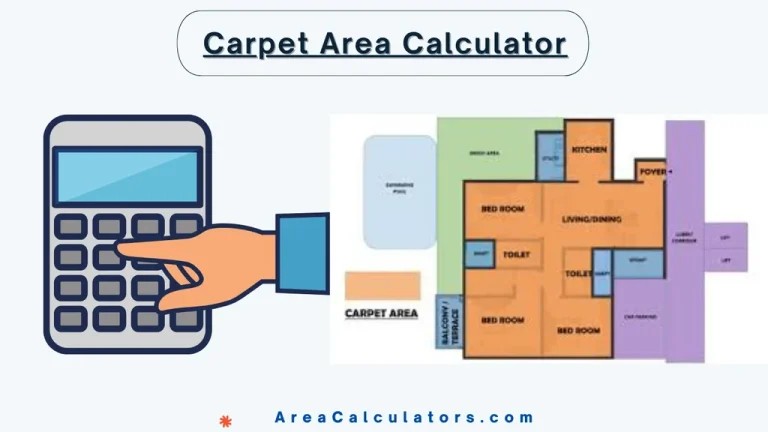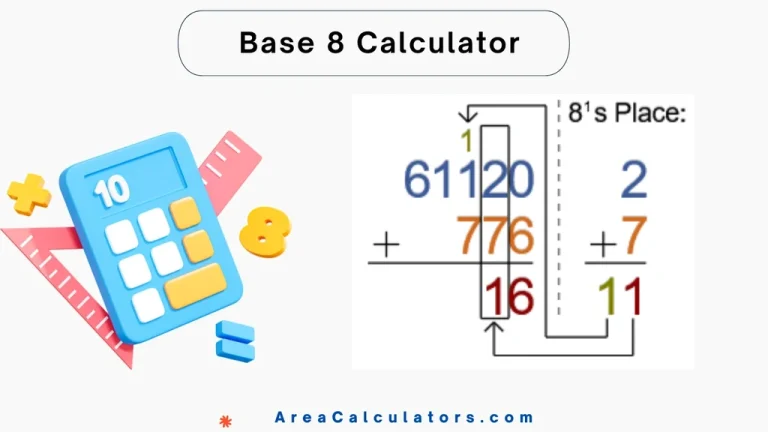Construction Profit Margin Calculator
To calculate the profit margin in construction, subtract the project cost from the revenue, divide the result by the revenue, and multiply by 100. This gives you the profit percentage.
Formula:
Profit Margin = (Revenue − Cost) ÷ Revenue × 100
| Symbol | Meaning |
|---|---|
| Revenue | Total revenue from the project |
| Cost | Total cost of the project |
| Profit Margin | The percentage of profit made |
Solved Examples:
Example 1:
| Calculation | Instructions |
|---|---|
| Given: Revenue = $50,000, Cost = $35,000 | Start with the given revenue and cost values. |
| Profit Margin = (50,000 − 35,000) ÷ 50,000 × 100 | Subtract the cost from the revenue, divide by revenue, and multiply by 100. |
| Profit Margin = 15,000 ÷ 50,000 × 100 | Perform the division and multiplication. |
| Profit Margin = 30% | The profit margin for the project is 30%. |
Example 2:
| Calculation | Instructions |
|---|---|
| Given: Revenue = $100,000, Cost = $75,000 | Start with the given revenue and cost values. |
| Profit Margin = (100,000 − 75,000) ÷ 100,000 × 100 | Subtract the cost from the revenue, divide by revenue, and multiply by 100. |
| Profit Margin = 25,000 ÷ 100,000 × 100 | Perform the division and multiplication. |
| Profit Margin = 25% | The profit margin for the project is 25%. |
What is Construction Profit Margin Calculator ?
A Construction Profit Margin Calculator is must for builders and contractors to help them to know their profits on projects. By inputting your total costs and expected sales, this calculator can help you find out how to calculate profit in construction easily.
Typically, a profit margin of 10% to 20% is considered standard in the industry, although this can vary by region and project type. In places like Pakistan and India, specific calculators are available to address local market conditions and construction costs.
To effectively use a profit margin calculator, start by entering your project’s total expenses, including labor, materials, and overhead. The tool will then compute the expected profit margin, showing you whether your pricing is competitive.
Knowing how is builders margin calculated helps you set appropriate prices while ensuring a profitable return. Understanding the typical profit margin in construction allows you to gauge your performance and make informed financial decisions for future projects.
Whether you’re using an overhead and profit calculator in Excel or a specific regional tool, these resources can significantly enhance your project planning and financial management.




